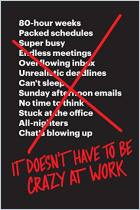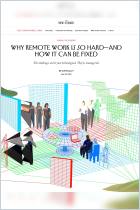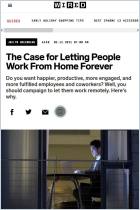As the CEO of Basecamp, an online project management platform, Jason Fried has put a lot of thinking into optimizing the best way for businesses to use remote teams. In this video webinar, hosted by the Oslo Business Forum and the Nordic Business Forum, and introduced by Andreas Kustas, management consultant Raymond Hoffman interviews Fried about the successful implementation of remote work. He asserts that you cannot just graft your office processes onto remote platforms and expect them to work well. Instead, Fried suggests adapting your culture to take advantage of remote work’s strengths – and he tells you how.
Remote work and in-person office work each have advantages and disadvantages. Play to remote work’s strengths.
Employees like remote work because it cuts down on commuting, gives them more flexibility during the workday and provides work they can do from anywhere. It eliminates office “rituals” that serve no purpose. However, working at an office has its benefits. For example, it’s easier to get to know people when you’re face-to-face daily.
The COVID-19 pandemic forced many companies to move their staff into remote work. Some people are nostalgic for how the office – and the world – used to be. Ideally, companies can opt for a hybrid remote/in-person solution by vesting in their “corporate home” and their robust remote workforce. Employers find that having remote workers frees them to hire people from all over the world.
Remote work is asynchronous. Organizations that are forced to make the transition to remote work often try to replicate “office life” online. Managers accustomed to micromanaging feel frustrated when they can’t keep an eye on their workers every minute. When employees work asynchronously, managers must protect their ...




















Comment on this summary or Démarrer une discussion